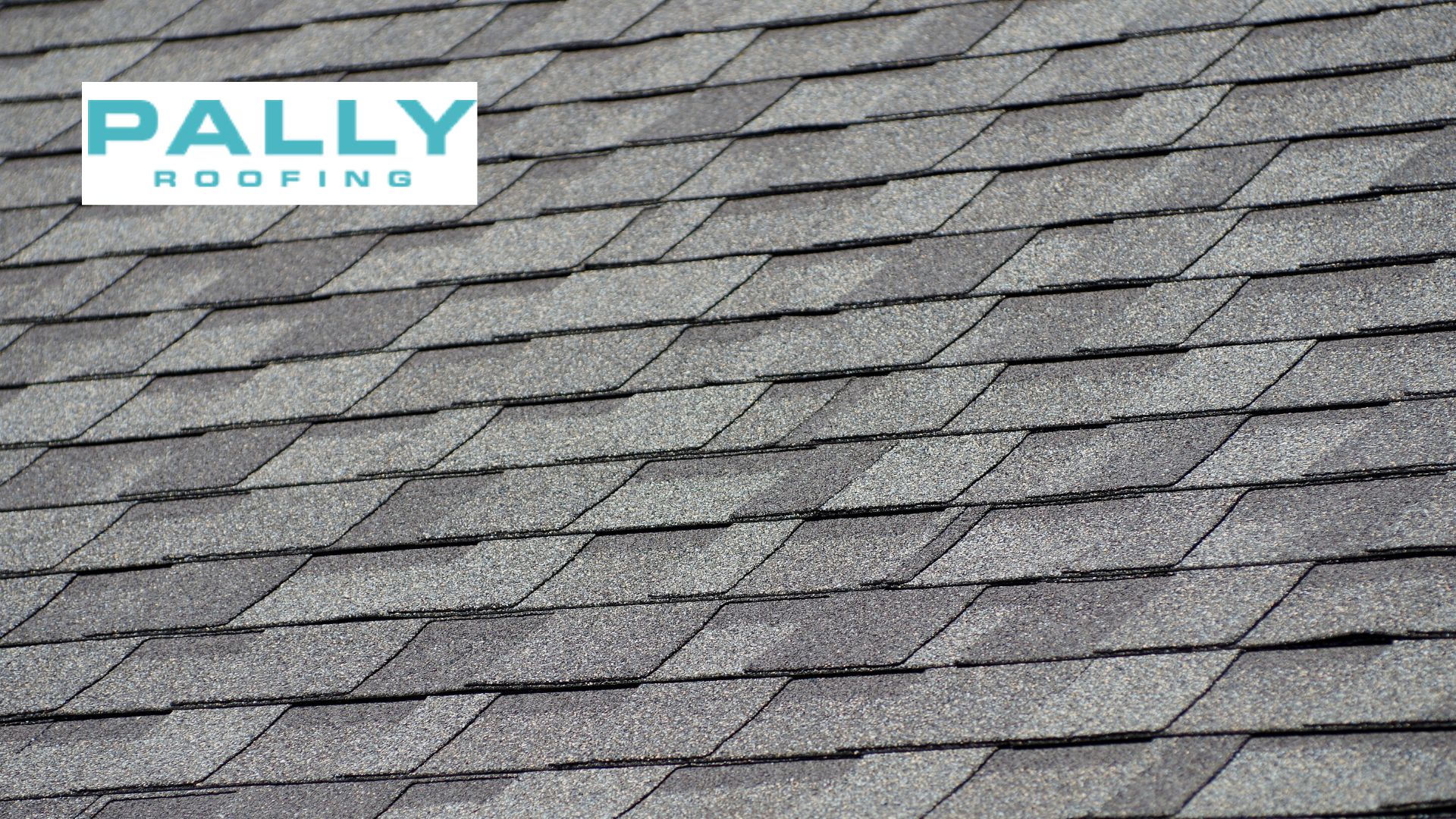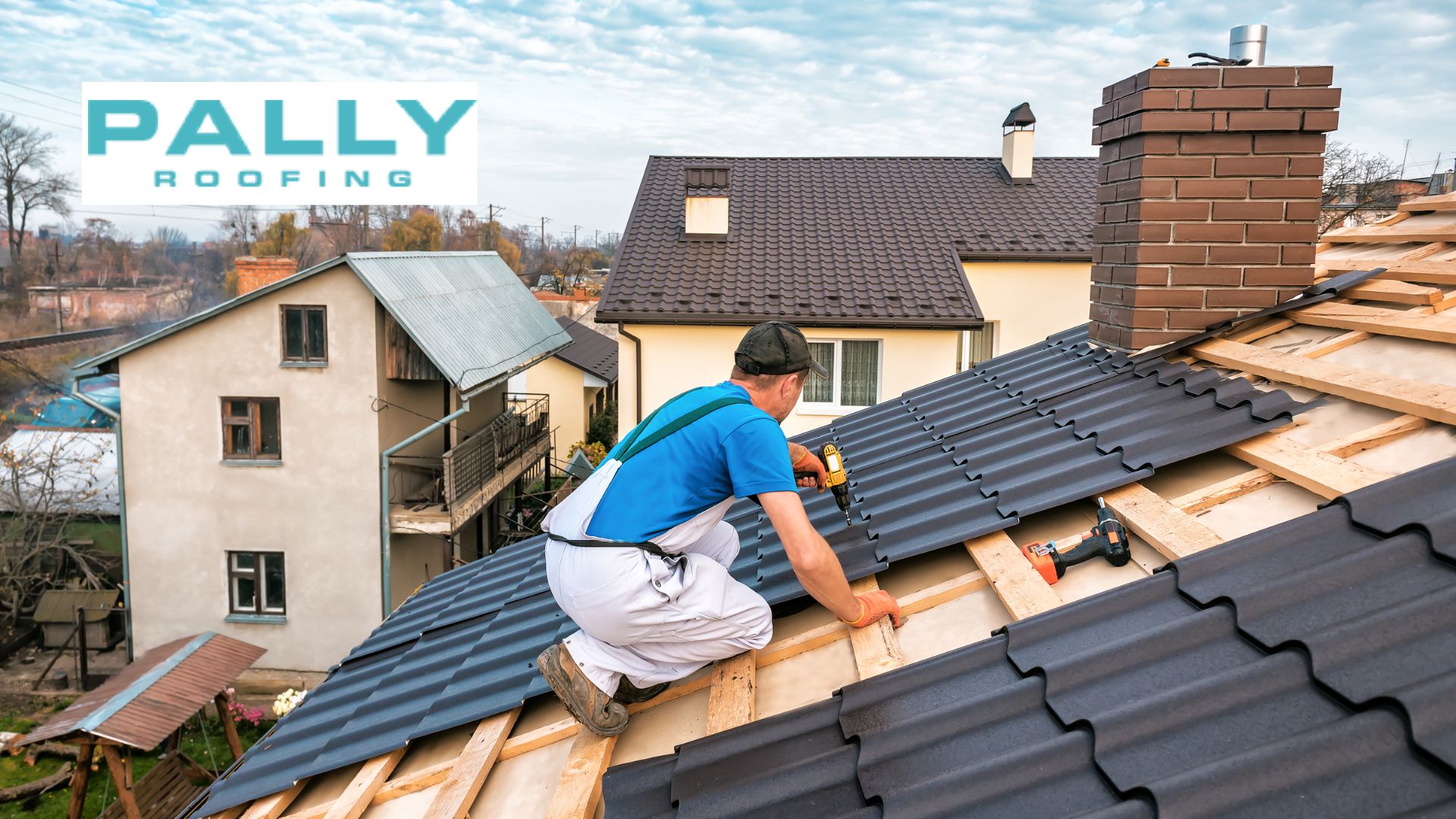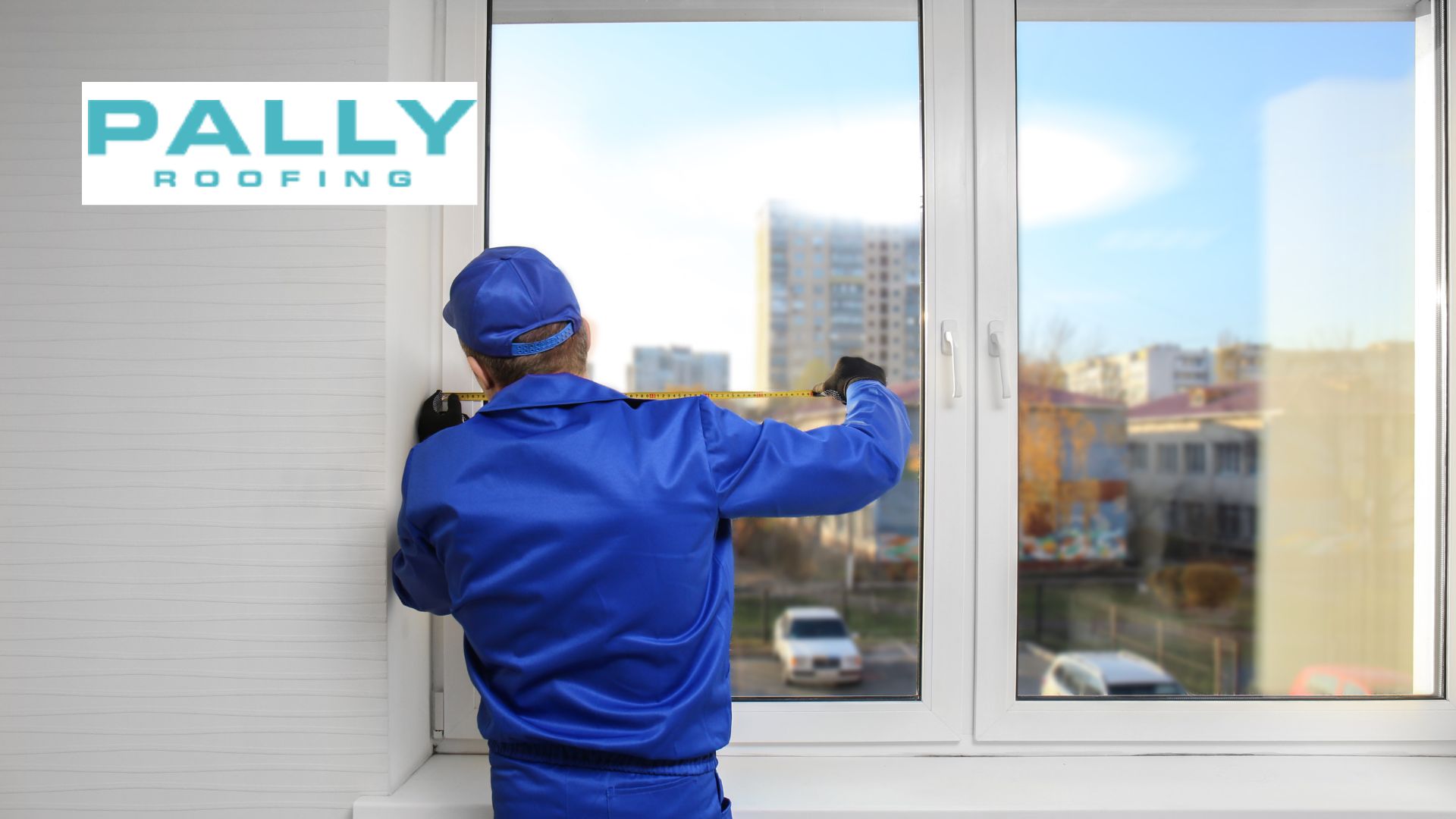Last updated on August 28th, 2024 at 09:28 am
Living in a region with heavy rainfall demands specific considerations for your home, especially its roof. The constant exposure to water presents unique challenges, requiring a robust and well-designed roof system to ensure the safety and integrity of your dwelling. This comprehensive guide will equip you with the knowledge needed to navigate the process of choosing the perfect roof for your heavy rain environment.
Table of Contents
Understanding the Threats:
Before diving into specific materials and designs, it’s crucial to understand the potential threats posed by heavy rainfall:
- Water Leaks: The primary concern is water infiltration. Prolonged exposure to heavy rain can lead to leaks through cracks, damaged shingles, or inadequate drainage systems. Leaking roofs can cause significant damage to your home’s interior, including:
- Mold Growth: Moisture promotes the growth of mold, which can pose health risks and structural concerns.
- Rotting Wood: Water-damaged wood loses its structural integrity, weakening the roof frame and potentially compromising the entire structure.
- Interior Damage: Leaking water can damage ceilings, walls, and even flooring, leading to costly repairs and potential replacement needs.
- Wind Damage: Heavy rain often coincides with strong winds, which can further stress the roof system. Loose or improperly installed shingles can be ripped off, exposing the underlying structure to the elements. In extreme cases, wind can even cause entire sections of the roof to detach.
Living in a city with its heavy rainfall, you understand the importance of a robust roof system. At Pally Roofing, we have extensive experience in the area, helping homeowners navigate the challenges of heavy rain and ensuring their roofs stand strong.
Feeling overwhelmed by the options? At Pally Roofing, we offer free consultations to discuss your specific needs and recommend the best roofing solution for your home.
The Importance of Roof Design
The design of your roof plays a crucial role in its effectiveness in handling heavy rain. Two key aspects to consider are:
- Roof Pitch: The angle of your roof, also known as the pitch, significantly impacts water drainage. A steeper pitch allows water to flow off the roof more quickly, reducing the risk of pooling and potential leaks. However, steeper roofs can also be more expensive to build and require additional support structures.
- Drainage System: A well-designed drainage system is essential for efficiently directing water away from your roof and foundation. This system typically includes gutters, downspouts, and possibly additional components like underlayment and flashing. Choosing the right materials and ensuring proper installation of the drainage system is crucial for minimizing the risk of water damage.
Choosing the Right Material: Exploring Options of Roof for Heavy Rain Areas
The material you choose for your roof plays a crucial role in its ability to withstand heavy rainfall. Each option offers unique advantages and disadvantages, requiring careful consideration based on your specific needs and budget. Here’s a breakdown of some common roofing materials:
- Asphalt Shingles:
- Pros: Affordable, readily available, easy to install and repair, diverse color options.
- Cons: Relatively short lifespan (15-30 years), susceptible to wind damage and algae growth, requires periodic maintenance.
- Cost: $1.50 – $4.00 per square foot.
- Metal Roofs:
- Pros: Long lifespan (50+ years), highly durable, wind and hail resistant, excellent fire resistance, low maintenance.
- Cons: Higher initial cost, can be noisy during heavy rain, susceptible to dents, not suitable for all architectural styles.
- Cost: $4.00 – $12.00 per square foot.
- Concrete or Clay Tile:
- Pros: Long lifespan (50+ years), fire and hail resistant, beautiful aesthetic, excellent insulator.
- Cons: Very heavy, requires strong roof structure, expensive to install and repair, prone to cracking and breakage.
- Cost: $8.00 – $15.00 per square foot.
- Slate Roof:
- Pros: Extremely long lifespan (100+ years), high durability, fire and weather resistant, unique and elegant aesthetic.
- Cons: Most expensive option, requires very strong roof structure, heavy material, susceptible to cracking and breakage, specialized installation required.
- Cost: $15.00 – $30.00 per square foot.
Data Chart: Roofing Material Comparison
At Pally Roofing, our team is well-versed in the benefits and drawbacks of various roofing materials for heavy rain areas. We can help you choose the right option, like durable metal roofs known for their longevity and wind resistance, perfect for our region’s weather patterns.
Additional Considerations:
- Local Building Codes: Always check local building codes before making a final decision, as specific regulations may dictate permissible roof materials in your area.
- Climate: Consider factors like temperature extremes, snowfall, and potential for hailstorms when choosing a material.
- Aesthetics: Choose a material that complements the architectural style of your home.
References:
- Asphalt Roofing Manufacturers Association (ARMA): https://www.asphaltroofing.org/
- Metal Roofing Alliance (MRA): https://www.metalroofing.com/
- Tile Roofing Industry Association (TRIA): https://tileroofing.org/
Beyond Materials: Ventilation and Moisture Management for Heavy Rain Roofs
While choosing the right material is crucial, a complete roofing system for heavy rain areas goes beyond just the surface layer. Proper ventilation and moisture management are equally important in preventing long-term damage and maintaining the integrity of your roof and home.
The Importance of Ventilation:
- Prevents Moisture Buildup: Adequate ventilation allows trapped moisture to escape, preventing condensation and the growth of mold and mildew.
- Reduces Heat Build-up: Proper airflow helps regulate attic temperature, preventing excessive heat from damaging roof components and reducing energy consumption for cooling.
- Extends Roof Lifespan: By preventing moisture-related issues, good ventilation promotes a longer lifespan for your roof system.
Strategies for Effective Ventilation:
- Roof Vents: These vents are installed at the highest point of the roof and allow warm, moist air to escape. Common types include ridge vents, soffit vents, and power vents.
- Intake Vents: Located at the lower eaves of the roof, intake vents allow fresh air to enter and circulate within the attic space.
- Balanced Ventilation: Ensure proper balance between intake and exhaust vents for optimal airflow throughout the attic.
Additional Moisture Management Tips:
- Roof Underlayment: Install a high-quality waterproof underlayment beneath the roofing material to provide an additional layer of protection against water infiltration.
- Flashing: Pay close attention to flashing details around chimneys, skylights, and other roof penetrations to prevent water leaks at these vulnerable points.
- Regular Maintenance: Regularly inspect your roof for signs of damage, debris accumulation, and proper ventilation function. Schedule professional roof inspections and maintenance as needed.
Benefits of Proper Ventilation and Moisture Management:
- Prevents mold growth and associated health risks
- Reduces the risk of roof rot and structural damage
- Extends the lifespan of your roof and other building materials
- Improves energy efficiency by regulating attic temperature
- Creates a healthier and more comfortable living environment
Beyond materials, proper ventilation is vital for heavy rain areas. Pally Roofing understands the importance of proper attic ventilation systems and can guide you on options like ridge vents and soffit vents to prevent moisture buildup and potential damage.
Navigating Regulations and Costs: Making an Informed Decision
Choosing a roof for your home in a heavy rain area requires careful consideration of several factors beyond just aesthetics and materials. In this final part, we will delve into the importance of understanding local building codes and regulations, and how to navigate the vital aspects of cost, lifespan, and maintenance requirements when making your decision.
Understanding Local Building Codes:
- Compliance is crucial: Building codes establish minimum standards for construction practices and materials to ensure safety and structural integrity. Ignoring these codes can lead to legal issues, permit revocation, and potential safety hazards.
- Research requirements: Familiarize yourself with local building codes regarding roof materials, pitch limitations, and other relevant regulations.
- Consult with a professional: A qualified roofing contractor can help you understand specific code requirements and ensure your chosen roof system adheres to regulations.
Balancing Cost, Lifespan, and Maintenance:
Finding the perfect balance between these three factors is crucial for making a cost-effective and long-term decision. Here’s a breakdown of considerations:
- Cost: While initial installation cost is a major factor, consider the long-term perspective. A more expensive material with a longer lifespan and lower maintenance needs might be a better investment in the long run.
Data Chart: Cost vs. Lifespan vs. Maintenance Comparison
- Lifespan: Opting for a material with a longer lifespan can save you money on future replacements.
- Maintenance: Consider the ongoing upkeep costs associated with different materials. Some require more frequent or specialized maintenance than others.
Making an Informed Decision:
To ensure you choose the right roof for your specific needs and budget, consider the following steps:
- Research: Learn about various roofing materials, their properties, and potential benefits and drawbacks for your region.
- Consult professionals: Get quotes and advice from qualified roofing contractors familiar with your area and local regulations.
- Factor in long-term costs: Consider not just the initial installation cost but also the expected lifespan and maintenance requirements.
- Choose a reputable contractor: Ensure the contractor is licensed, insured, and has experience working with roofs in heavy rain areas.
By carefully considering the factors outlined in this guide, you can make an informed decision about the best roofing system for your home in a heavy rain area. Remember, a well-designed and properly installed roof is an essential investment in protecting your home and ensuring its long-term durability and value.
Don’t let heavy rain become a concern for your home. Contact Pally Roofing today for a free consultation and let our experienced professionals guide you towards the perfect roof solution for your needs.
For a comprehensive exploration of different roofing options for heavy rainfall areas, head over to our insightful blog post:
Best Roofing Options for Heavy Rainfalls: Protecting Your Home in Any Downpour
Author
-

With more than 16 years of hands-on experience, Phillip Schmucker is the knowledgeable owner of Pally Roofing. His dedication to superior roofing services has earned him a reputable place in the industry. Phillip also shares his extensive expertise through writing, providing readers with practical tips and professional advice on various roofing topics. Follow him on LinkedIn.
View all posts









